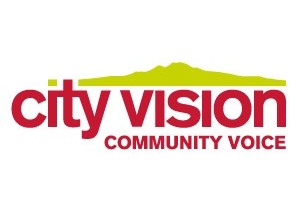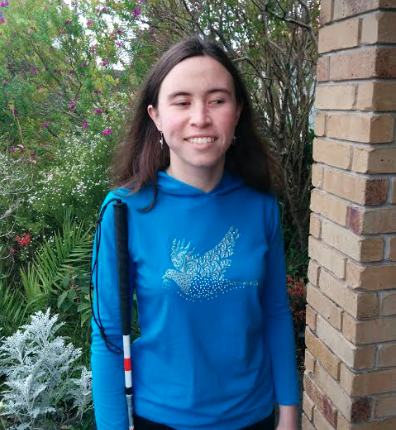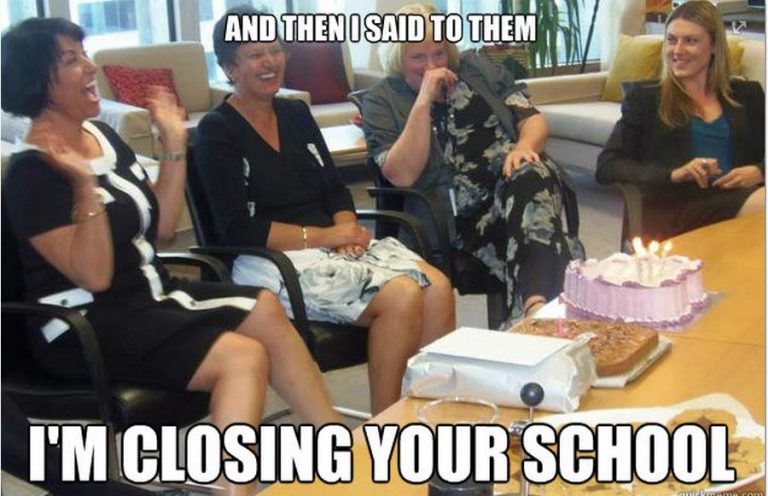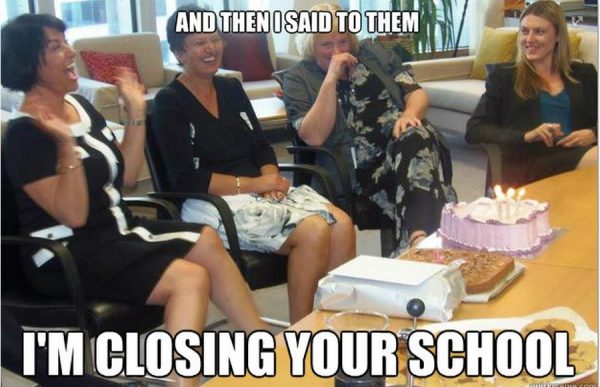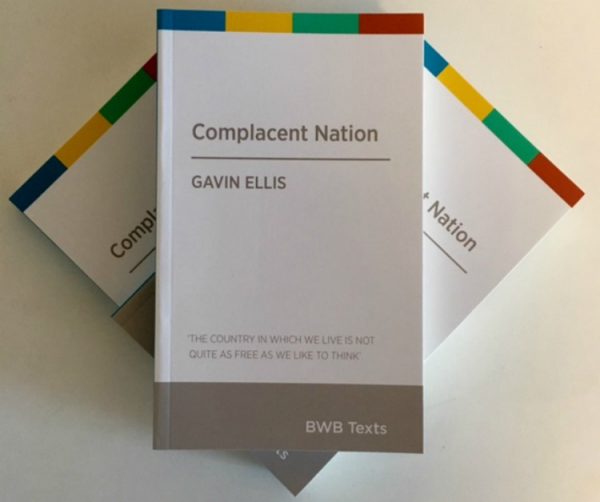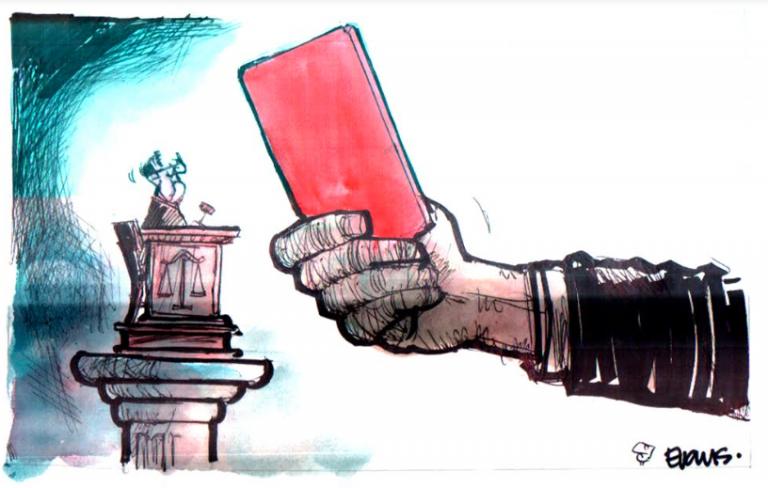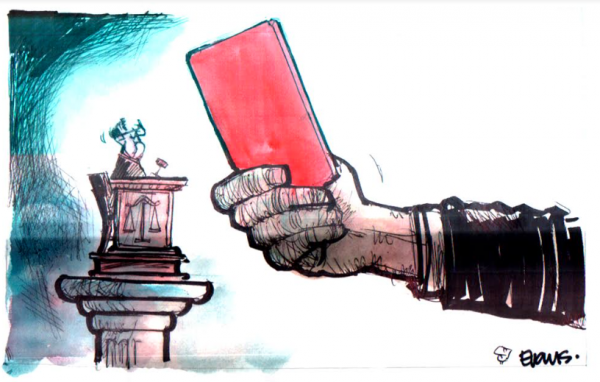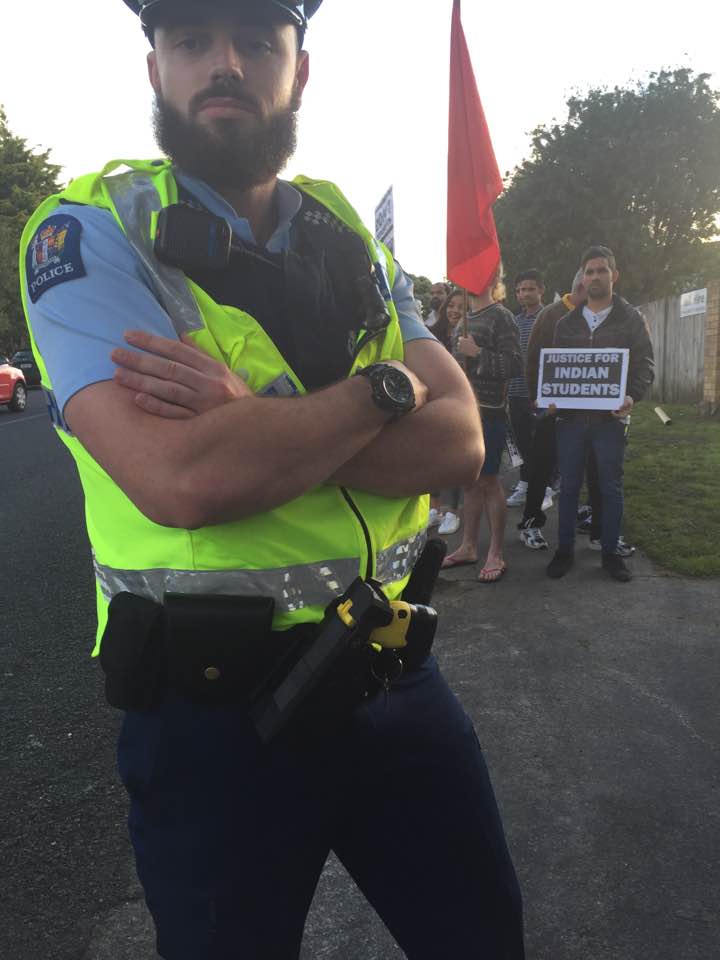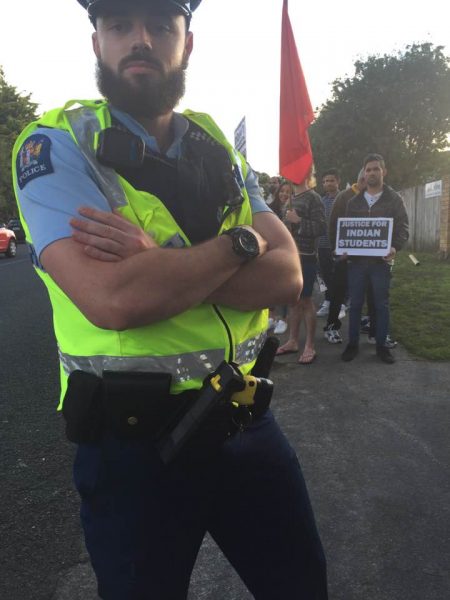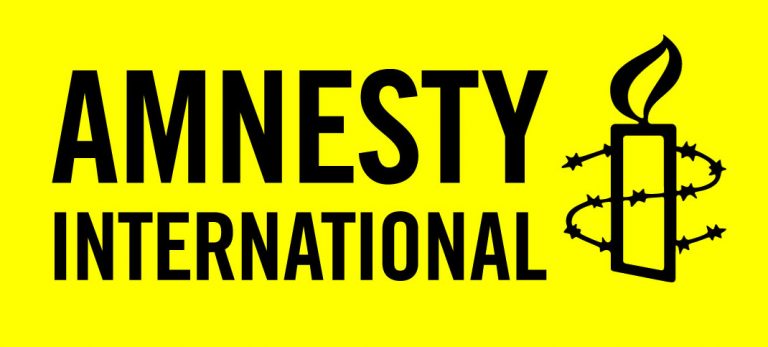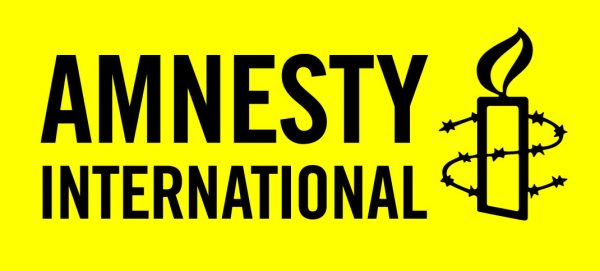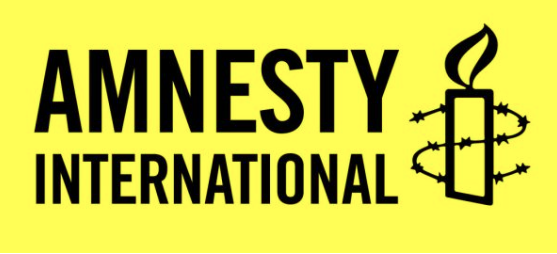
Since seizing power in a 2014 coup, Thailand’s military authorities have allowed a culture of torture and other ill-treatment to flourish across the country, with soldiers and policemen targeting suspected insurgents, political opponents, and individuals from the most vulnerable sections of society, a new report by Amnesty International said today.
The report, “Make Him Speak by Tomorrow”: Torture and Other Ill-Treatment in Thailand, documents 74 cases of torture and other ill-treatment at the hands of soldiers and the police, including beatings, suffocation by plastic bags, strangling by hand or rope, waterboarding, electric shocks of the genitals, and other forms of humiliation.
“Thailand may claim to be tough on torture, but actions speak louder than words. Empowered by laws of their own making, Thailand’s military rulers have allowed a culture of torture to flourish, where there is no accountability for the perpetrators and no justice for the victims,” said Rafendi Djamin, Amnesty International’s Director for South East Asia and the Pacific.
Martial law and post-coup decrees have authorised soldiers to impose incommunicado detention on individuals in unofficial sites for up to a week, during which time many victims interviewed by Amnesty International said they were subjected to torture or other ill-treatment.
Thailand’s police forces have also used torture and other ill-treatment against a wide range of people: migrants, suspected drug users, members of ethnic minorities, and others. Amnesty International has been told that these abuses have accelerated since the coup.
In an environment where few dare criticize the authorities publicly, and human rights defenders face charges of criminal defamation for speaking out publicly about torture, many accounts of torture and other ill-treatment have remained untold. The report brings to light harrowing testimony from survivors and their families, preserving anonymity for security reasons.
‘Please shoot me and send my corpse to my family’
Soon after the coup, “Tul” – not his real name – was arrested by the army and held at an undisclosed location for seven days, during which time he was repeatedly tortured using severe beatings and other methods.
“They put a plastic bag on my head until I fainted, and then poured a bucket of cold water on me,” he told Amnesty International. “They applied electro-shock to my penis and chest. I was restrained, my legs tied, and my face covered with tape and a plastic bag.”
Following what he described as “the worst day” of his ordeal, “Tul” appealed to the soldiers to end his life. “Please shoot me,” he pleaded with his tormentors, “and send my corpse to my family.”
Many of the torture victims interviewed by Amnesty International said they were tortured during the first seven days of detention – the period when the military is allowed to hold them in unofficial places and without contact with the outside world or any other safeguards against ill-treatment.
“Rutkee,” another torture victim, underwent an excruciating ordeal, both physically and mentally. He was repeatedly beaten, waterboarded, suffocated with a garbage bag over his head, strangled with a cable, and threatened with guns and grenades. Soldiers also pulled on his penis and deprived him of sleep.
‘Make him speak by tomorrow’
The report reveals that a culture which enables and encourages torture permeates the Thai military. One of the people interviewed for the report, a former junior commander in the Royal Thai Army stated that soldiers assigned to interrogate detainees are often told to “make him speak by tomorrow.”
“An officer gets punished if he doesn’t get results,” the former junior commander told Amnesty International. “In the army, people use force to control, not thought. An order is final…If you don’t get results, you will be punished.”
Legal incentives to torture
Despite being a party to the UN Convention against Torture and legally obliged to respect its provisions, there is still no law in Thailand specifically criminalizing torture. Thai law also gives judges the discretion to allow “evidence” obtained through torture in courts. Investigations into complaints are rare, and prosecutions rarer still.
This state of affairs is exacerbated by a post-coup legal framework that gives military officers the power to detain people arbitrarily, consigning them for up to seven days to undisclosed locations where acts of torture cannot be seen and the suffering of victims cannot be heard.
The Martial Law Act – which has been employed in the restive south continuously since 2006 – and a series of post-coup orders issued by the National Council for Peace and Order (as the ruling junta is named) override existing safeguards against torture provided for by Thai law. Amnesty International found that torture and other ill-treatment are used most intensively by military interrogators during the periods of unaccountable detention created by these laws.
“Most victims are too afraid to speak out. When they come forward to complain, the courts tend to ignore them. And yet, the same courts are willing to accept coerced confessions, even after they are retracted. The torturers are not punished for their crimes but the victims are condemned to one injustice after another,” said Rafendi Djamin.
Soon after the coup, “Lert” – not his real name – was interrogated for up to 10 hours each day over a four day period during which he was denied water. Two or sometimes three men beat him during the interrogation sessions, using their fists, feet and a gun to strike him.
The beatings, Lert said, were meant to force him to confess. On the second day of his interrogation, one of the soldiers said, “Today you have to speak or your family will be in trouble. I know where [they] live.”
Towards a torture-free Thailand
Amnesty International’s report recommends simple steps that the Thai authorities can take to effectively address the legal and institutional shortcomings that enable torture.
These include ending unaccountable detention, criminalizing torture, banning the use of “evidence” obtained by torture and other ill-treatment, investigating reports of torture and bringing those responsible to justice, creating an independent monitoring body to carry out oversight of detention facilities, and providing remedies to victims.
“Torture does not just humiliate the victim. It also debases the perpetrator, hollowing out their humanity. The safeguards to prevent torture do not just protect the detainees. They also protect the uniformed officials who hold them in custody and the state they represent,” said Rafendi Djamin.
Thailand is currently preparing a draft Prevention and Suppression of Torture and Enforced Disappearance Act, which would criminalize torture and establish other safeguards against torture.
“If the new law is brought into line with the UN Convention against Torture, and in particular ensures effective independent investigations into torture complaints, it would mark an important step towards ridding Thailand of these appalling abuses,” said Rafendi Djamin.
TDB Recommends NewzEngine.com
